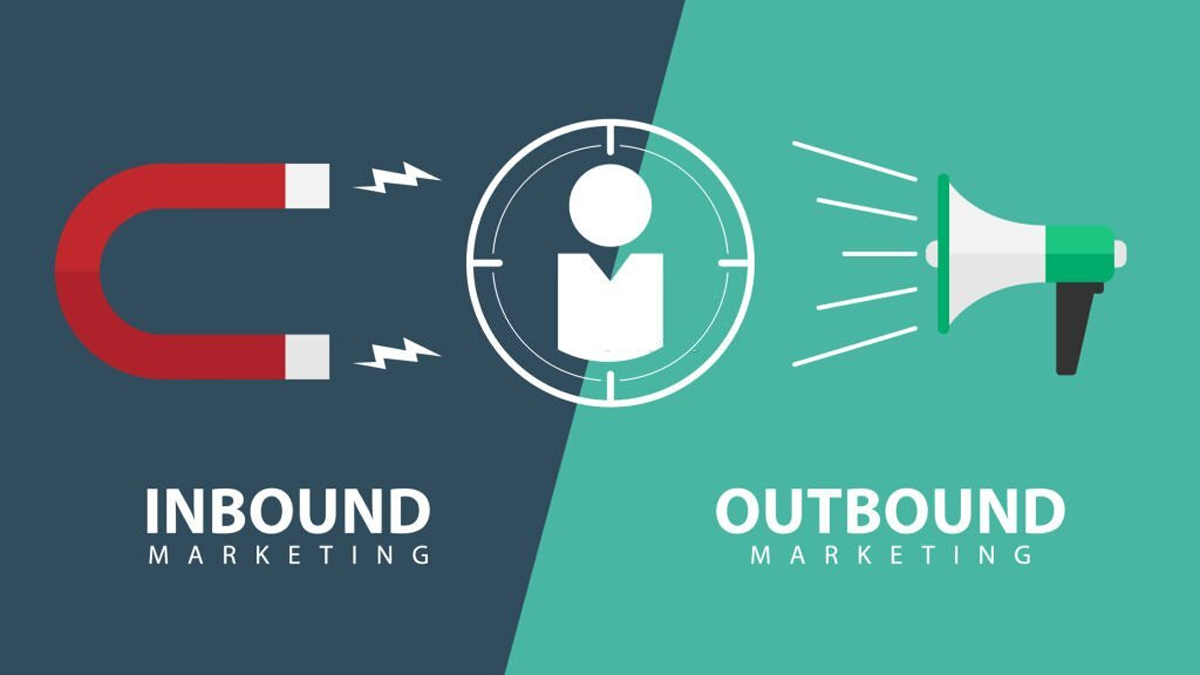
Digital media in digital marketing
July 18, 2022
Inbound marketing versus outbound marketing
August 17, 2022Ecommerce enterprises have revolutionized the way we shop and redefine what is possible. Nowadays, it is feasible to buy and sell goods and services online using the eCommerce paradigm. It is now more practical than ever for innovative start-up entrepreneurs to materialize their visions through the usage of a variety of distinct eCommerce business types, which we are going to explain.
The most common types of eCommerce business models
At least one of these four general eCommerce business types is likely to apply to you. There are advantages and disadvantages to operating in each, and many companies do so simultaneously.
Business-to-consumer eCommerce model
Business-to-consumer (B2C) companies make their products and services available to the general public. Every purchase you make in an online store as a consumer is part of a business-to-consumer transaction (B2C). For lower-priced items, the decision-making process for a B2C transaction is substantially shorter than for a B2B purchase. In contrast to B2B companies, B2C enterprises often have a shorter sales cycle and spend less money on marketing to achieve a sale, resulting in lower average order values and fewer repeat customers.

Business-to-business eCommerce model
Business-to-business or B2B eCommerce refers to all electronic transactions between two or more businesses. Producers and wholesalers typically use electronic commerce in traditional trade. In certain cases, the buyer is the final consumer, although this is not always the case. The sales cycle for B2B transactions is often longer, but the order value is bigger, and the purchases are more frequent.

Consumer-to-consumer eCommerce model
Consumer-to-consumer or C2C type eCommerce comprises all electronic transactions between consumers to purchase or sell products or services. A third party typically facilitates these transactions by providing a well-designed web platform on which they are carried out. Using this service, individuals can directly sell their own possessions and assets.

Consumer-to-business eCommerce model
Consumer-to-business or C2B models allow people to offer goods and services to corporations. The idea behind this eCommerce strategy is to let clients post jobs they need done and have firms compete for the opportunity to execute them. C2B services include affiliate marketing. Prices for goods and services are a competitive advantage for the C2B eCommerce model. Using this strategy, customers can set their own prices or have companies bid against each other for their business. Innovators have recently exploited this concept to connect businesses with influencers in social media marketing to sell their products.

Ecommerce and web design in Vancouver
There is a good chance that no matter what eCommerce business model you adopt, you will eventually need a marketing strategy to grow your business. Our professional marketers at Cactus Media Group, a digital marketing company located in Vancouver, will help you adopt the latest marketing strategies such as SEO and web design for your eCommerce site.




